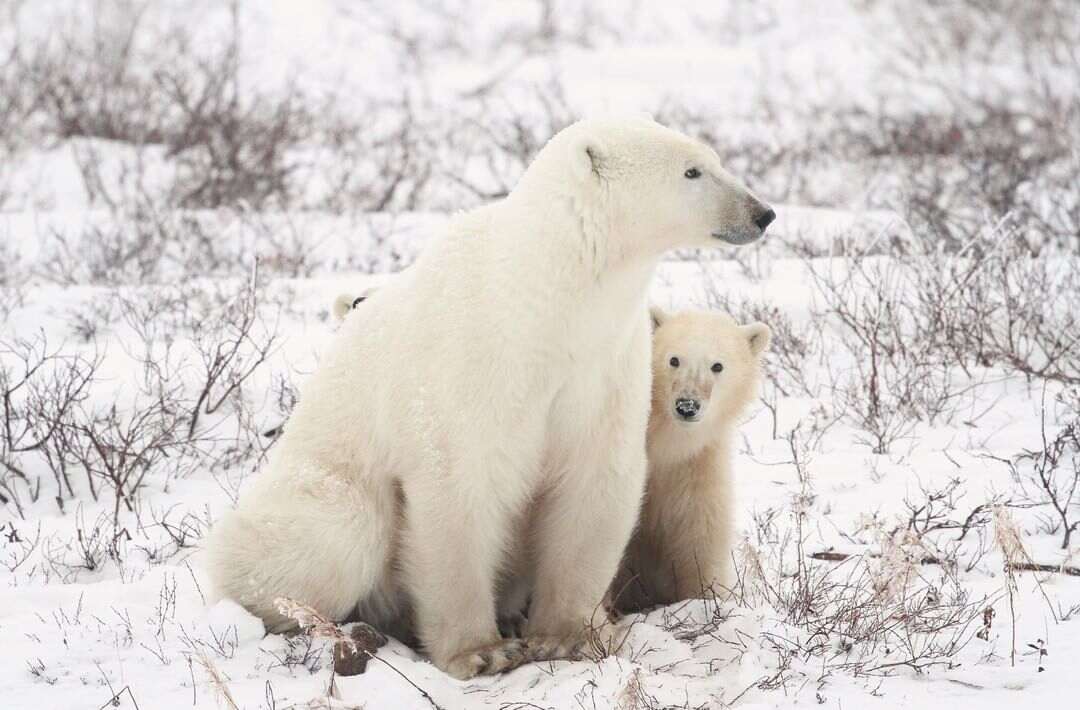
Have you heard of this all-seasons hidden gem in Canada?
Most holiday hotspots have a season associated with them, outside of which, while there’s likely to be less crowds, will also end up being a sub-optimal experience. But what if there was a place you could visit anytime, and it would be amazing? Not just that, every season will bring a different activity to enthral you. Sounds too good to be true?
Welcome to Churchill, then. Located on the western coast of the Hudson Bay, this remote Canadian town has been inhabited for over two thousand years. But while its local culture and history is a popular topic, its natural wonders are even more amazing.
If you arrive in autumn, you can see polar bears up close. This is slightly before the formation of sea ice, which allows the bears to hunt. So you can also find polar bears roaming around the coast, sometimes feeling for ice.
However, if you decide to venture into Churchill in winters, it becomes one of the best spots to view the ultimate theatre in the sky, the Northern Lights. The place also turns into a winter wonderland of sorts, with snow covering the entire town in a thick blanket.
If you thought summers would be a bust here, think again, for Hudson Bay becomes a hunting and breeding ground for belugas. The river estuary is among the best places to see these playful creatures.
So when are you heading to this place for all seasons?
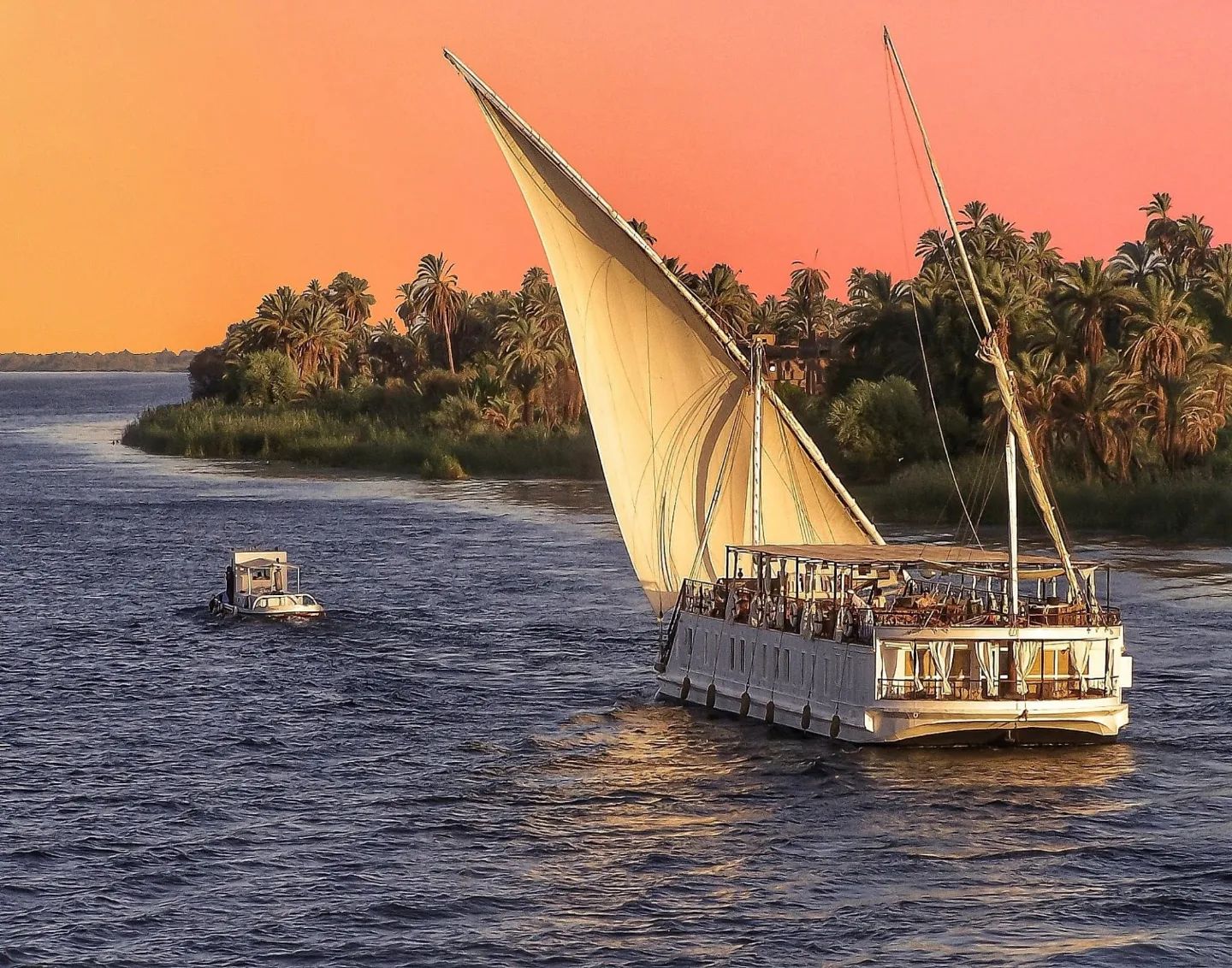
Gift of the Nile
The River Nile has for centuries inspired writers, historians, and adventurers alike, from Agatha Christie’s book Death on the Nile, to, of course, William Shakespeare’s Antony and Cleopatra. It comes as no surprise then that so many of us want to sail around its shores too. But, just like Kashmir’s Dal Lake is best experienced on a shikara, the different routes of the Nile are best navigated through a Dahabiya boat cruise.
Dahabiyas are shallow-bottomed wooden sailboats that have been a part of Egyptian culture for centuries. They originated as houseboats, much like the shikara, but have always been associated with royalty. Even the word dahabiya is derived from the Arab word for gold.
Today, you can choose from different types of dahabiya rides – from grand cruises to the more intimate ones (either way, you’ll feel like royalty). Most Nile cruises travel from Luxor to Aswan and take from four days to a week to cover the best spots.
Pro tip: pick the one that has Elkab as one of its halts. Lined with ancient Egyptian settlements, it has some of the most beautifully painted tombs and remains of prehistoric temples, and would be worth every second of your Nile cruising journey.
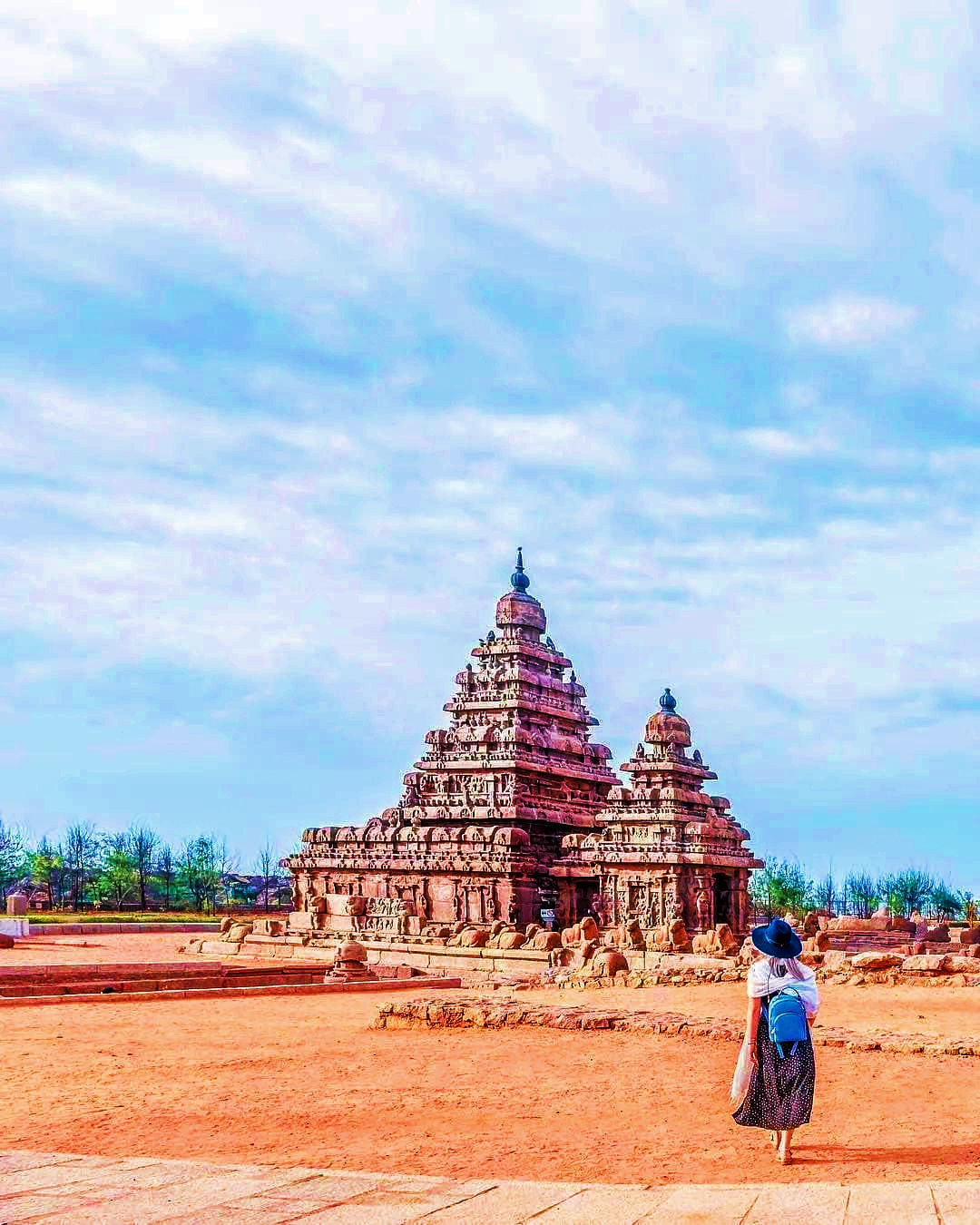
Holistic Heritage
The Shore Temple at Mamallapuram recently made history by becoming India's first Green Energy Archaeological Site. With solar power plants, electric buggies driven by local women – along with charging stations for electric vehicles in the parking lot – as well as kiosks for potable water (reducing the need for single-use plastic bottles), this rock-cut temple dating back to the 6th century has become one of the most sustainable spaces of architectural heritage today.
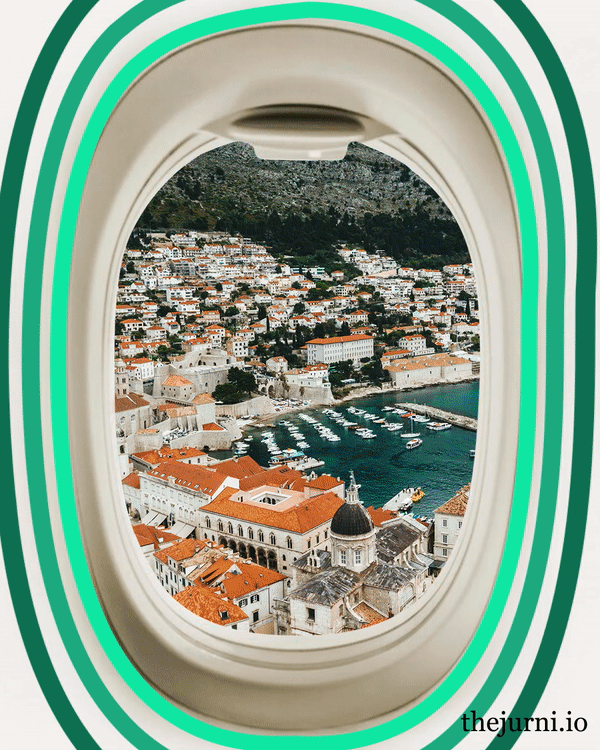
Disperse to Preserve
Think back to the last place you visited on vacation. Did you desperately wish there were fewer people around? While once governments were pushing creative policies to boost their visitor count (and many are still doing so), today, several are trying to find ways to discourage it. The problem of overtourism has cropped up in recent years and has led to a struggle over sustainability.
Where is it most prominent?
Mostly in Europe, where cities are trying to curb the issue by levying or hiking tourism tax. For instance, Venice recently became the first city in the world to charge daytrippers an entrance fee. On the other hand, Iceland – an emerging favourite with Indians – has become the latest country to levy a tourism tax. Other popular destinations among Indian tourists, like Amsterdam and Barcelona, have also come up with stringent rules to discourage visitors.
And what has led to this?
The primary reason, of course, is an ever-increasing world population. Beyond that, a rising number of tourist packages, cruise ships, and Airbnb-style rentals are being looked at as the major factors driving mass tourism. Travel trends like set-jetting also have a substantial impact on comparatively smaller locations that suddenly explode in popularity.
So how do we travel better (for ourselves and the world)?
One way around it could be to travel during the shoulder season, if you must visit these locations. Also try travelling in smaller groups. In case you are willing to be more flexible, you can plan trips to lesser explored destinations like Kazakhstan (which provides 14-day sans-visa travel for Indians) or Albania. Not only are they a traveller’s treasure box waiting to be explored and appreciated, but are surprisingly easy on the pocket. At the same time, you can support their economy by using local services. These tiny alterations can go a long way in helping you travel better, cheaper, and in peace (while helping the world retain some as well).

Bernina’s Bounty
Exploring the Swiss Alps has never been this beautiful and economical. The Bernina Express, which runs between the Swiss city of Chur and the Italian town of Tirano, covers some of the most breathtaking scenery in Europe, alongside one of the more famous World Heritage Sites in Switzerland. It’s no wonder that it happens to be one of the most Instagrammed train journeys in the world. What’s even better is that a ticket for the four-hour ride costs CHF 63 (Rs. 5,700), almost the same as the cost of a first-class ticket for Rajdhani! There are cheaper options available in case you have less time to spare, which cover a smaller part of the 90-mile route. For the best views and Insta-worthy pictures, sit on the right side of the train.
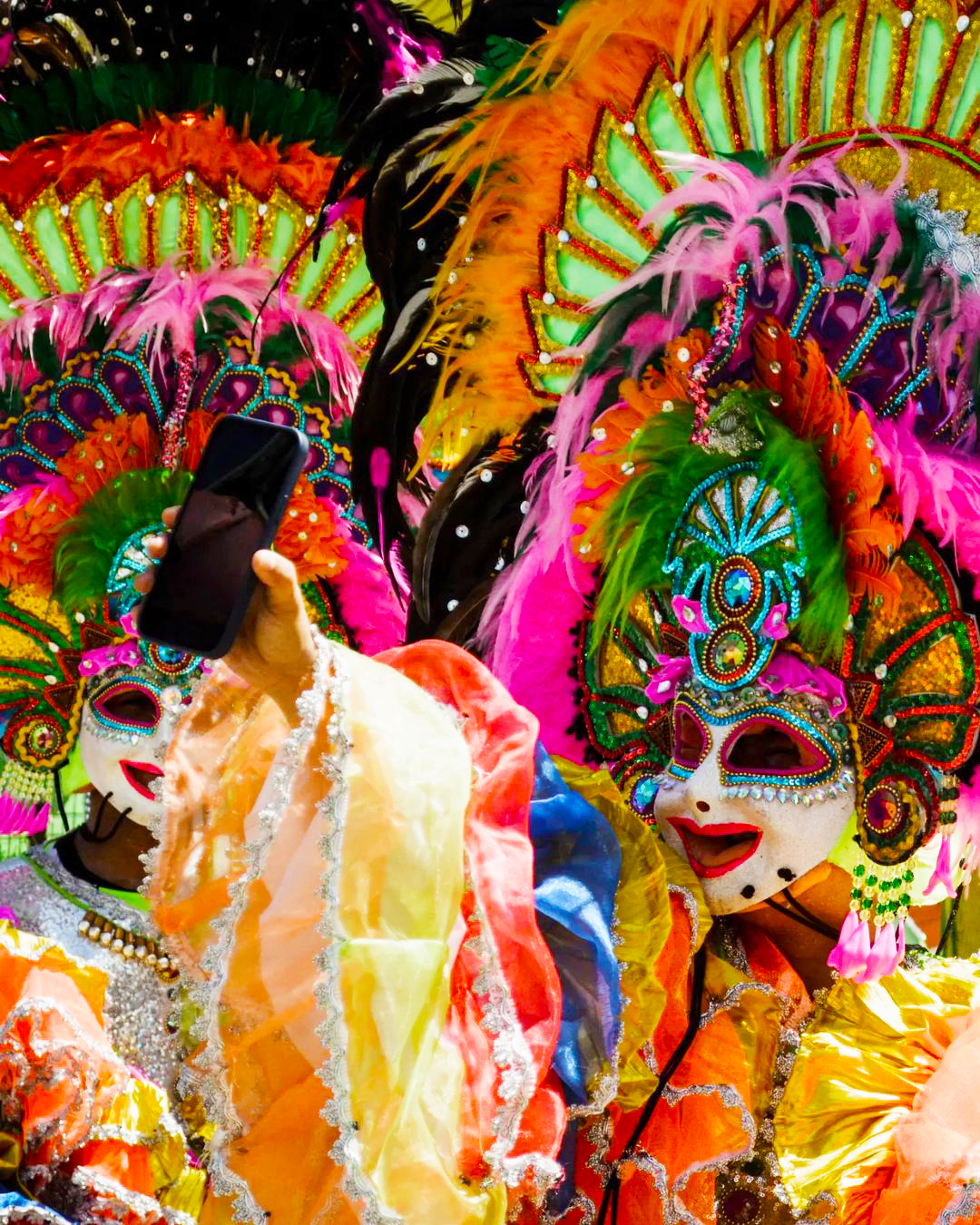
The Merry Masks of Bacolod
The annual MassKara festival, hosted in the city of Bacolod in the Philippines, is back! Celebrated during the third week of October, the festival features carnival parades, masques, dance competitions, and even a beauty pageant. Born out of a tragedy back in 1980, the festival emphasises the resilience of Bacolod and the pride their residents take in simply kicking back and enjoying life. A portmanteau of the words ‘mass’ and ‘cara’, which is Spanish for face, the obvious pun might make one crack a smile – and that is exactly what the festival is about. It is no wonder that the event is known as the ‘festival of smiles’, and that Bacolod has been named the ‘City of Smiles’.
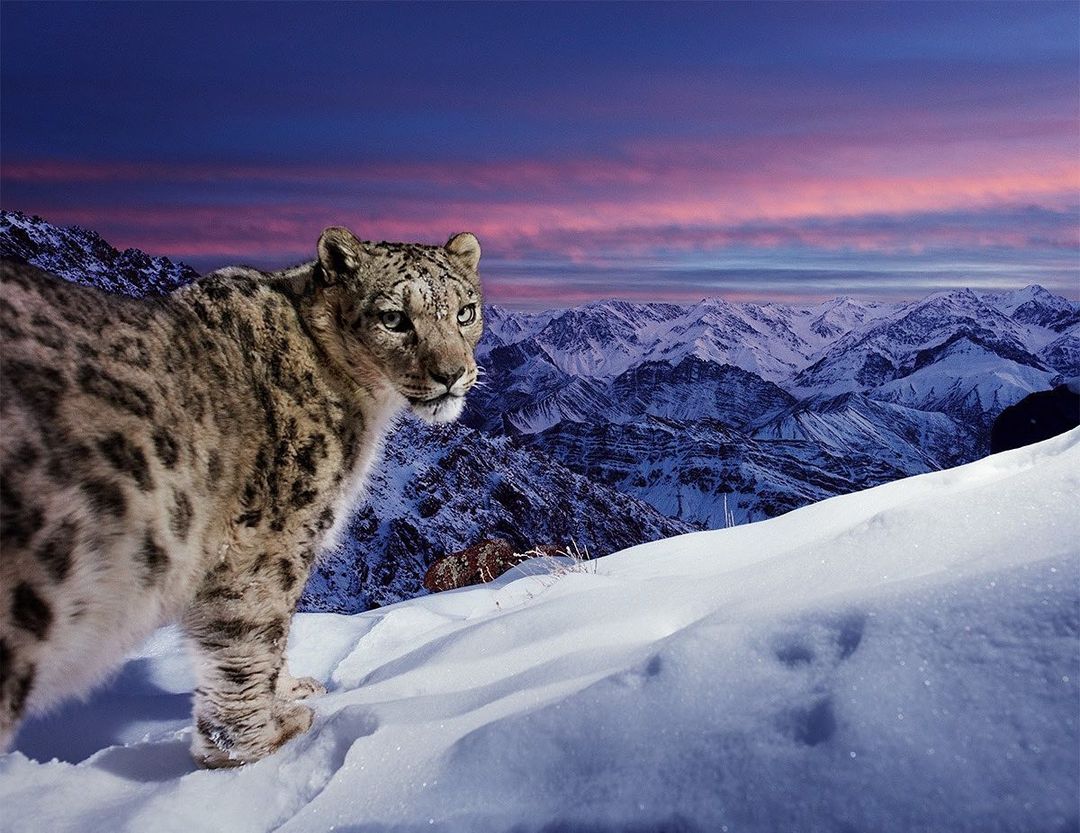
Snow-Spotting
This International Snow Leopard Day, we bring to you India’s biggest and most unique national park, which also happens to be the biggest sanctuary for the endangered cat. Hemis National Park is located at an astounding elevation of 17,000 ft. above sea level in Ladakh, and houses several other animals like the red fox and the Himalayan wolf, but the snow leopard is its star attraction. With no designated areas and no time constraints on safaris, you can catch a glimpse of the elusive cat at your own pace (pro tip: these cats are most active during dawn and dusk). The best time to visit Hemis for snow leopard sightings is between November and March, so go ahead and pack your bags for a magical trip.
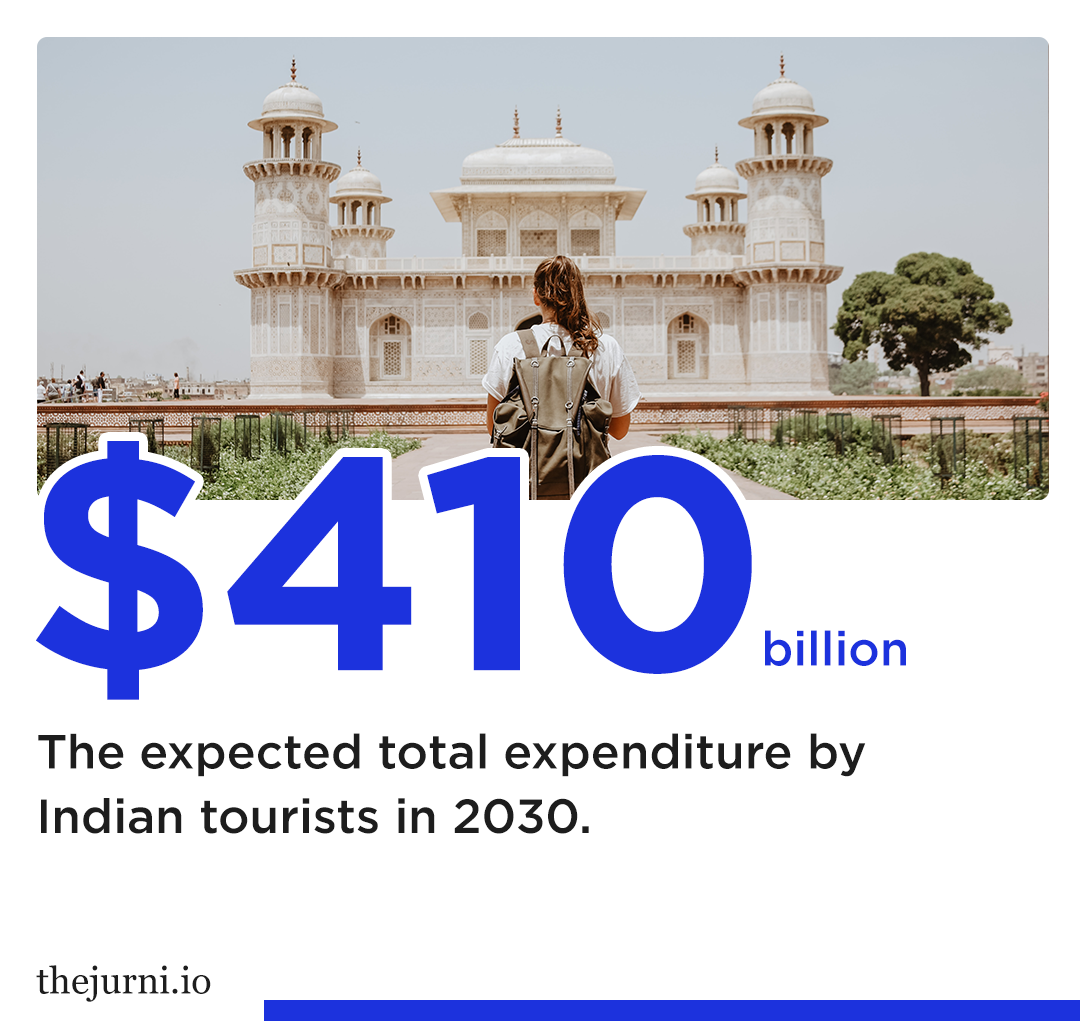
Frequent Flyers
With the return of the tourism industry to the pre-pandemic levels after a few years of uncertainty, Indians are fast emerging among the biggest spenders in the industry. Already the sixth largest tourism industry in 2019 at $150bn spent, this figure is ready to grow exponentially. A mixture of being economically less impacted relative to other countries during the pandemic along with the decrease in travel expenses throughout the world has resulted in Indians indulging in their wanderlust on a more regular basis. With the addition of social media influencers as well as a pop-culture zeitgeist that sees travel as a way of discovering oneself, Indian tourists, both domestic and international, have the opportunities as well as the budgets to become the fourth largest tourism market in the world.

Water Logging
If you think whitewater rafting in Kullu and Rishikesh is exciting, behold something that will raise your adrenaline levels through the roof. Welcome to Kitayama village in Japan, the place for traditional log rafting, or ikada-kudari, where you raft while standing! A 600-year-old practice, it originated with local lumberjacks tying up felled logs together and riding them downstream to transport the wood. The rafts have changed little through the years, but there are handrails present these days to prevent you from falling off. Another gem to add to your Japan bucket list.
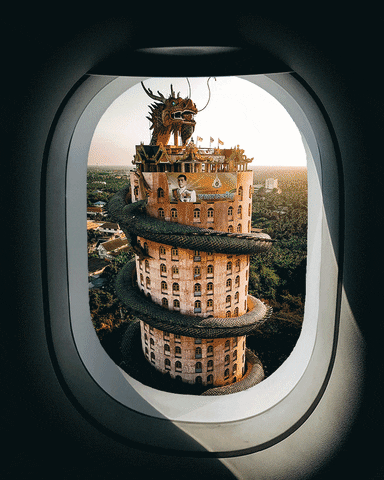
The Festival of Flights
If we were to ask you about the one place where you would love to celebrate Diwali, what would it be? For most, it’s home. After all, Diwali is one of the most intimate festivals where you come together with your loved ones in a space of comfort and familiarity, made warmer by the lights. But something is different about it this time, with many Indians preferring to travel to faraway lands to celebrate, despite higher airfares.
Where are they heading?
Istanbul, Tokyo, and Hanoi, among a few others seem to be topping the list of international destinations this festive season, while Puri, Munnar, Ooty, Darjeeling, and Varanasi are trending domestically. Interestingly, a few destinations in the Northeast, including Arunachal Pradesh’s Kibithu village – the first village along the Indo-Tibet frontier – are also becoming some of the more sought after locations.
A way away from the pollution
According to a report, over 72% of Indians are looking forward to the food and culinary experiences at these destinations, followed by shopping and exploring local markets. But for most, the reason to head out is pollution – noise or otherwise – which tends to be at its peak during the festive season. Another reason is to indulge oneself over the year’s comparatively longer holiday period. In fact, searches for leisure travel this month are up by nearly 70% from October.
Visa-free travel is an enticing perk
While Sri Lanka has already initiated visa-free travel for Indians, Thailand recently waived visa requirements for arrivals from India and Taiwan with effect from November 10. Hong Kong, another location that made it to the list of the most preferred destinations this season, is also allowing Indians to travel sans visa for over 14 days. A few other exciting destinations, including Barbados, are also providing similar perks.
A reverse trend might be in place…
Of creating an abode away from their dwellings during festivals, especially during the slightly longer ones. While earlier, festivities had been more about hosting, perhaps it might shift to being hosted (by different destinations) and indulging in some peace and quiet.
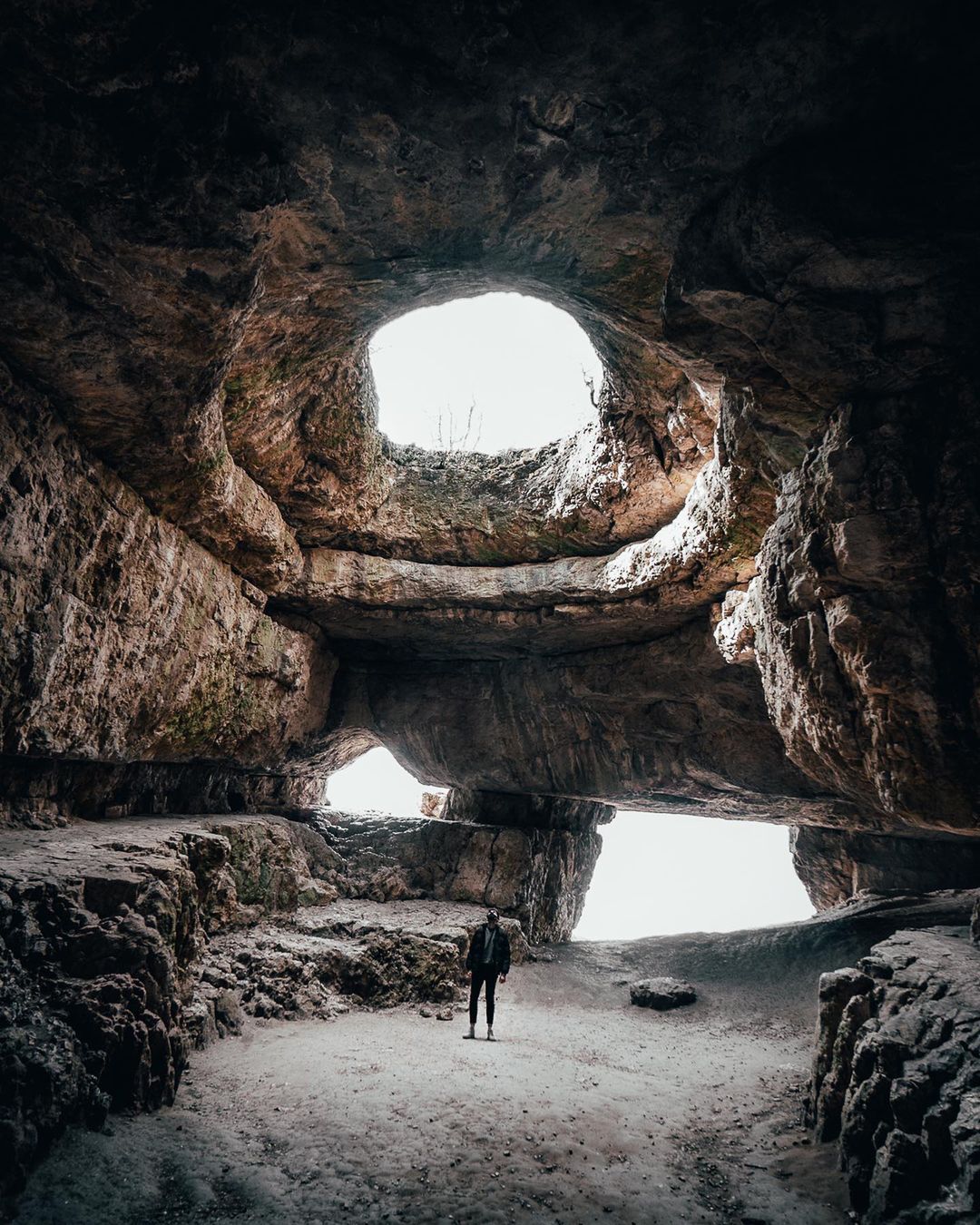
The Grand Budapest Popcorn
Dig deeper and you might find gold. The saying often holds true, be it in the context of a person or a place. Well, digging deep in Budapest, we’ve found a similar treasure – its caves, which appear to be floating in nothingness under the city’s vibrant and bustling surface. With a sense of being in two dimensions at the same time, visiting these caves is nothing short of an other-worldly experience (imagine an awe-inspiring version of Stranger Things).
Of these, the richly ornamented Szemlő-hegyi Cave stands out for its uncanny beauty, with unique limestone formations that are over 40 mln years old. These formations are commonly called popcorn or cauliflower because of their appearance. Though getting some real popcorn wouldn’t be a bad idea if you’re in subterranean Budapest – it’s nothing short of being in a movie.
In case you’re someone who’d be up for a bit of a challenge, the Pálvölgyi caves can be equally exciting. The trek towards the cave can be strenuous but ultimately quite rewarding, especially for those who consciously seek out silence. In Pálvölgyi, all you will hear is the voice of your guide and sound of the dripping water (at times, eerily so).
Once the tour is over, you can move towards the livelier parts of Budapest’s underground scene, also called the small underground – lined with gaming arcades, shops, and restaurants. We’ll bring you more deets on that one some other time. For the time being, we’ll let you idle on calmer shores.